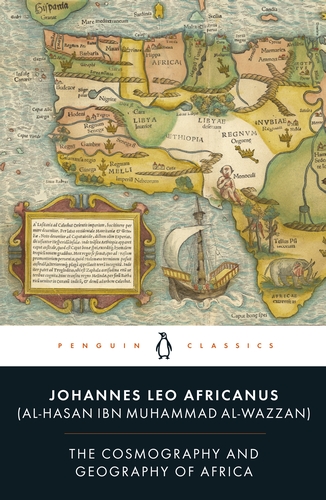The Cosmography and Geography of Africa published today
Today Penguin Classics is publishing The Cosmography and Geography of Africa, by Leo Africanus, a Moroccan diplomat born in Granada, Spain. This is the first English translation in over 400 years of one of the greatest and most influential works of Renaissance literature.
Modern and lucid, this new translation is the first based on an undiscovered manuscript unearthed in Italy on the precipice of the Second World War, and is bound to transform the way we understand contemporary conceptions of Africa.
In 1518, al-Hasan ibn Muhammad al-Wazzan, a Moroccan diplomat, was seized by pirates while travelling in the Mediterranean. Brought before Pope Leo X, he was persuaded to convert to Christianity, in the process taking the name Johannes Leo Africanus. Acclaimed in the papal court for his learning, Leo would in time write his masterpiece, The Cosmography and Geography of Africa.
The Cosmography was the first book about Africa, and the first book written by a modern African, to reach print. It would remain central to the European understanding of Africa for over 300 years, with its descriptions of lands, cities and peoples giving a singular vision of the vast continent: its urban bustle and rural desolation, its culture, commerce and warfare, its magical herbs and strange animals.
Yet it is not a mere catalogue of the exotic: Leo also invited his readers to acknowledge the similarity and relevance of these lands to the time and place they knew. For this reason, The Cosmography and Geography of Africa remains significant to our understanding not only of Africa, but of the world and how we perceive it.
A copy of this book is available in our library.



